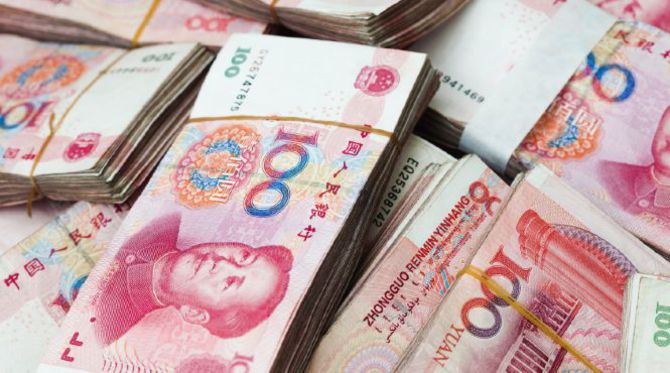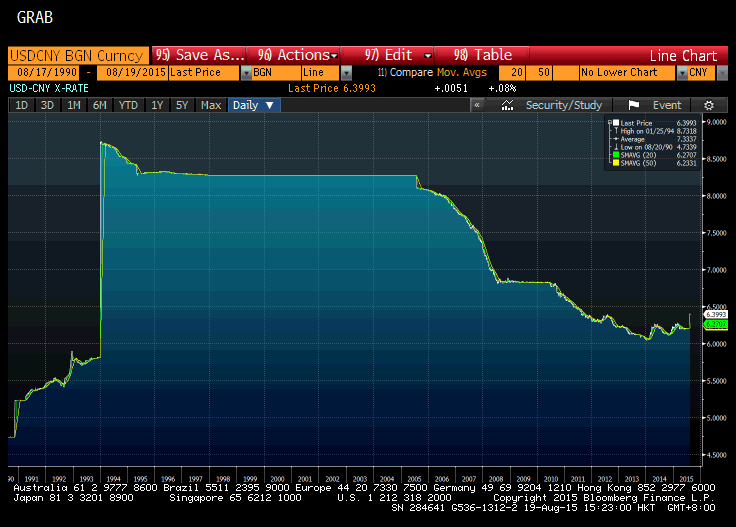Last week, I published the deposit shifting fintech idea and I got quite a lot of positive and negative feedback as to why it would work or not.
It is always great to get some feedback.
This week, I will publish another fintech idea which specifically targets retail and low end HNW clients.
As many of you know, USD denominated international bonds have been quite popular for the last few decades as interest rates were declining steadily and these bonds were a great source of income for investors.
Although with interest hikes in the coming years, the trend will not be that sexy anymore, there will always be an interest in the bond market since it provides a fixed income, unlike the uncertain and highly volatile equity and commodity markets.
These markets are not easily accessible by retail investors since many of new issue require a minimal nominal investment of USD 200K. This is a substantial amount of money and it keeps many investors out of this market.
SmartBond can solve this problem by aggregating demand and it can help retail investors to have access to international bonds.
Since there are many bonds in the market, SmartBonds can market bonds in a Groupon fashion (an e-commerce site which aggregates demand for specific products for a certain period with some discounts to its customer by achieving economics of scale). SmartBond can collect bond orders from retail clients and, once the minimum order amount is reached, it can trade in the market and allocate accordingly after the trade.
SmartBond will be a full pledged technology company like Groupon and it will not recommend any specific bonds to buy or sell. From this point of view like SmartDeposit, it should not be regulated as a financial institution.
Clients may choose to keep their bond holdings in any bank available through the SmartBond platform or in an institution of their own choice.
One may ask what would happen when the client wants to sell their holding since they will again need a minimum order amount of a nominal 200K. The same logic will apply and there will be sell platform along with a buy platform and once the order is aggregated, it will be executed.
In the beginning phase, it will not be possible to include all the bonds available for trading. According to the demand from clients, the platform can be enhanced and this could be a very profitable business if it reaches enough volume quickly.
Please continue to post your positive/negative feedback through my blog, twitter or email.
I will continue to write my ideas in the coming weeks.
All the best from Singapore.
Sukru Haskan
Twitter: @sukru_haskan





